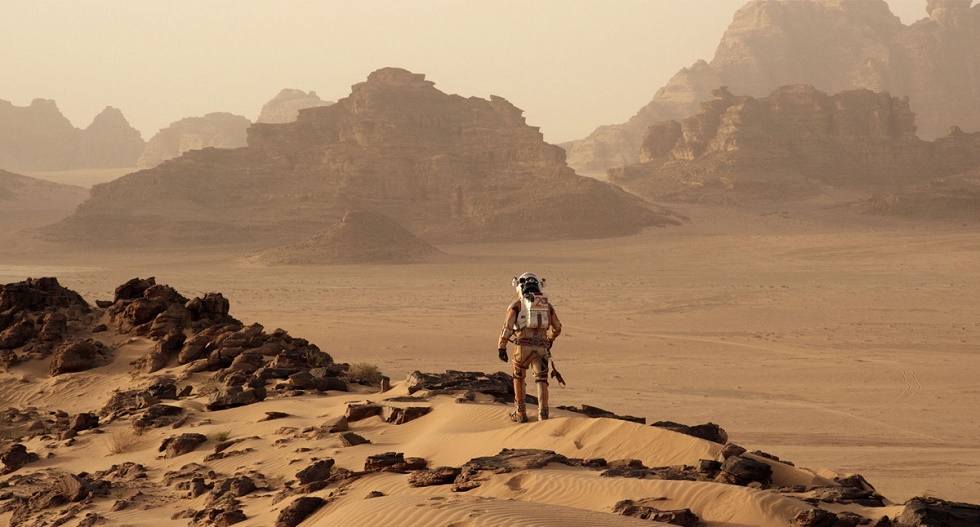
The science fiction movie “The Martian” s running on theaters at moment. Starring Matt Damon as astronaut Mark Watney who gets stranded on Mars and left alone to survive with only his wits and some handy NASA technology.
But how much of this technology is really science fiction and not science fact? Well, a great deal of the tech actually exists today already.
The movie is based on the novel “The Martian” by Andy Weir and is kind of a Robinson Cruseu in space. Weir’s ambition was to present and describe every technology in the novel as feasible in the real world today, or within a near future. NASA has since also pointed out that nine technological solutions in the movie do indeed exist today.
“The Hab”
Mark Watney spends a lot of time in his Mars habitat – “The Hab”.
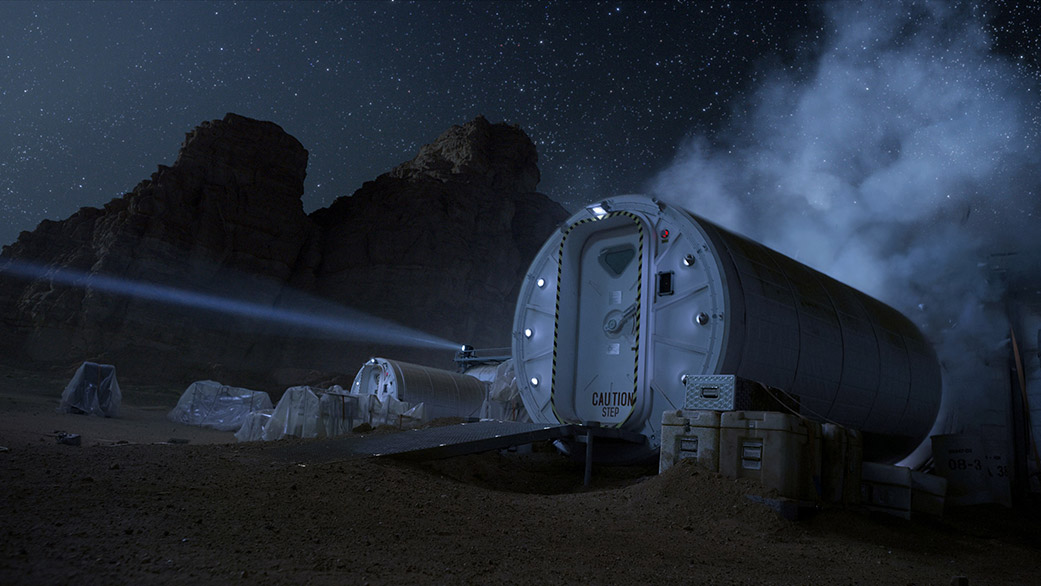
NASA has been simulating a similar construction and way of living here on Earth with the Hi-Seas project. Hi-seas is located in Hawaii with the purpose of determining what is required to keep a crew happy and healthy during extended missions to Mars.
The Water Treatment
In the movie, the astronauts are extremely careful with their water. And a water recycling system is used to preserve as much as possible.
The ISS uses a water recycling system and according to NASA, not a drop of sweat, tears or urine is wasted. All water is recycled and filtered through a recycling system called the Water Recovery System. As one of the visiting astronauts was reported saying; “Yesterday’s coffee will be tomorrow’s coffee.” The WRS system which handles urine comprises a centrifuge since distillation of gasses and liquids cannot be separated the same way as here on Earth.
Greenhouse
In the film, Mark Watney cultivates potatoes inside his residence the Hab.
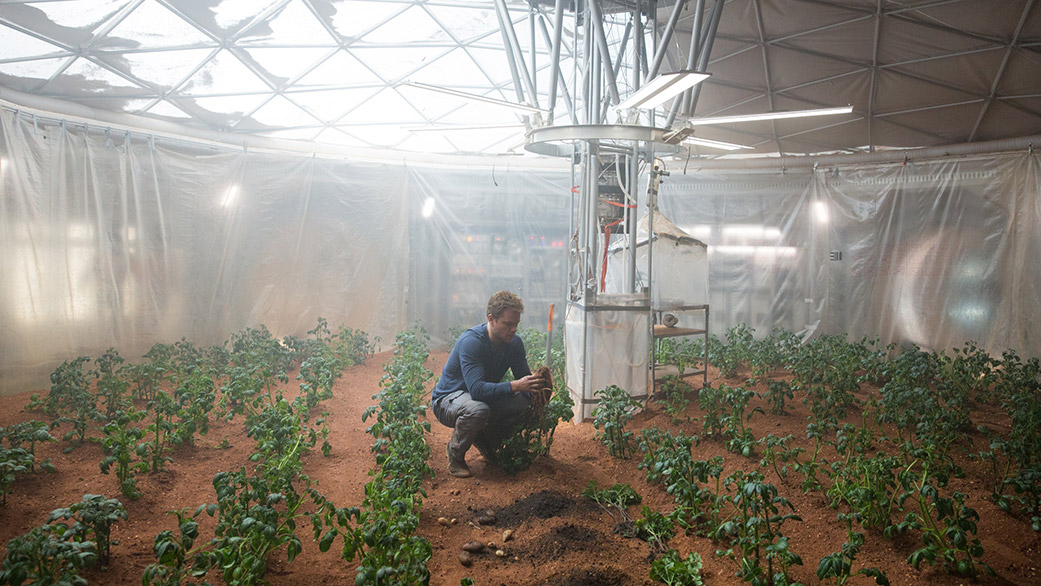
NASA’s real astronauts have so far succeeded in growing lettuce on board the ISS. Astronauts on the ISS have food sent to them, but the logistics of sending food to Mars would pose a great obstacle as it would take nine months. For colonists to survive on Mars, growing vegetables is required.
Oxygen
Mark Watney relies on a steady supply of oxygen. He creates oxygen from separating oxygen from fuel.
On the ISS, the astronauts use electrolysis to cleave the water molecules into oxygen and hydrogen atoms. With the discovery of water on Mars, electrolysis of water could certainly be an option.
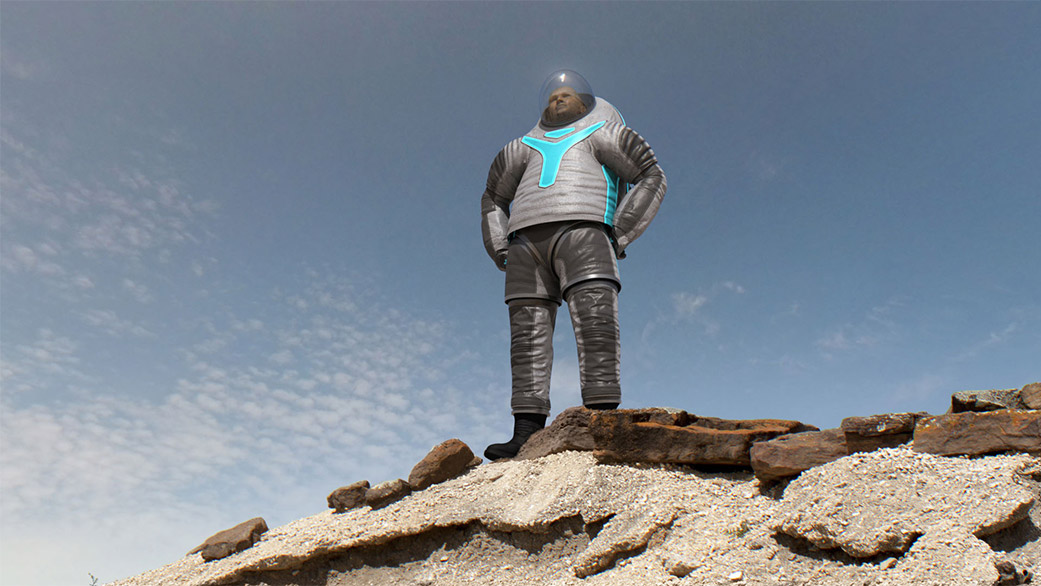
The Space Suits
Mark Watney takes long walks and works hard in his space suit, which places tough demands on the suit.
NASA is n the process of developing a space suit for use on Mars, a suit with trade-offs between the use of hard composite material and flexible fabric to get the durability and flexibility.
The Moon Buggy
Watney uses MAV, short for Mars Ascent Vehicle. Nasa is working on a similar vehicle design, which should be able to navigate through the terrain. NASA vehicle is called MMSEV, the Multi-Mission Space Exploration Vehicle.
The Ion Engines
In the film, the space shuttle Hermes uses ion engines for the trip to and from Mars.
NASA is developing new more efficient ion engines. NASA’s Evolutionary Xenon Thruster 7 kW, uses a powered microwave to heat the gas xenon to a very high temperature. The gas is ionized and forms a plasma that is ejected from the engine and providing momentum to the craft.
Ion thrusters create small thrust levels but achieve very high specific impulse, or propellant mass efficiency, by accelerating their exhaust to high speed. The ion drive is comparable to a car that takes two days to accelerate from zero to 60 miles per hour. But with no resistance in space, it continues to accelerate to very high speed.
The Solar Panels
It the film, the space shuttle, and Mark Watney rely on solar panels for electricity.
And so does the ISS, which has four panels with a capacity of between 84 and 120 kW of electricity.
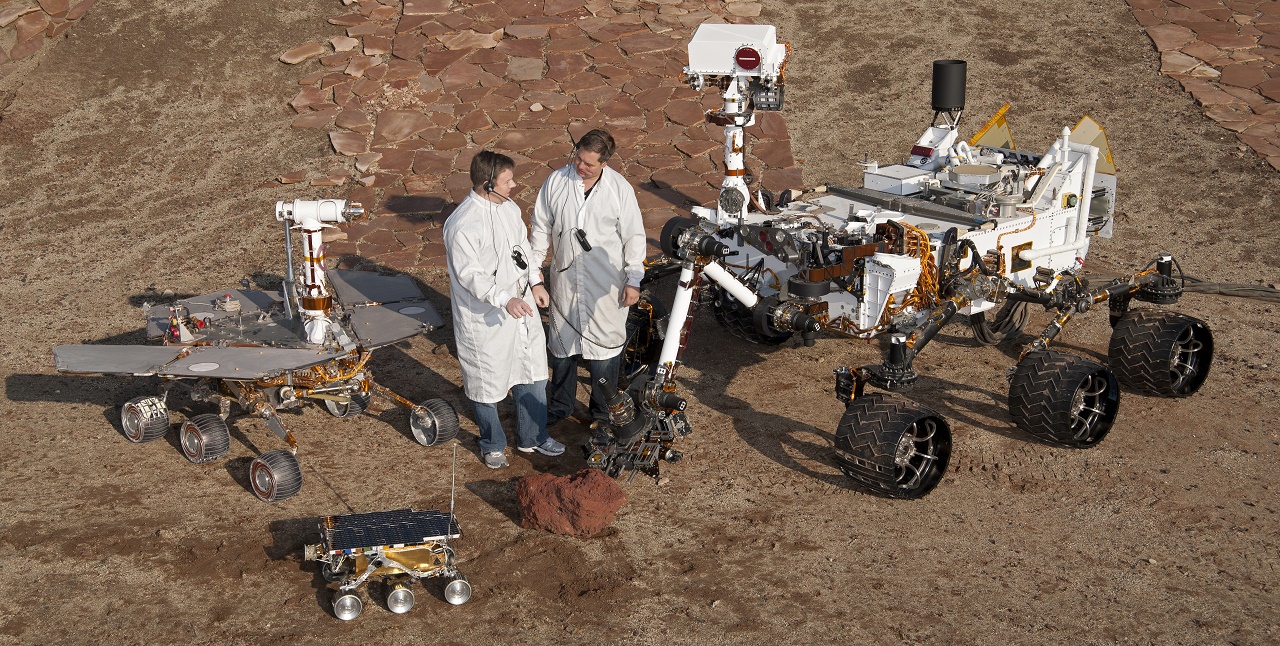
The RTG
In the movie, the crew buries the plutonium-based RTG generator far from “the Hab ‘in the case of a leak. The RTG stands for Radioisotope Thermoelectric Generator, it is a generator which uses heat from radioactive decay.
NASA has developed several RTG’s for use during spaceflight for decades. They were used during the Apollo trip to the moon and in the Curiosity robotic rover that landed on Mars in the summer of 2012. The RTGs used by Curiosity generates about 110 watts of electricity.
_______________
NASA: Nine Real NASA Technologies in ‘The Martian’
______________________________

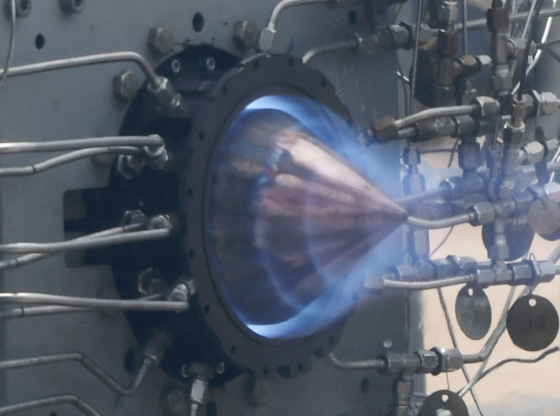
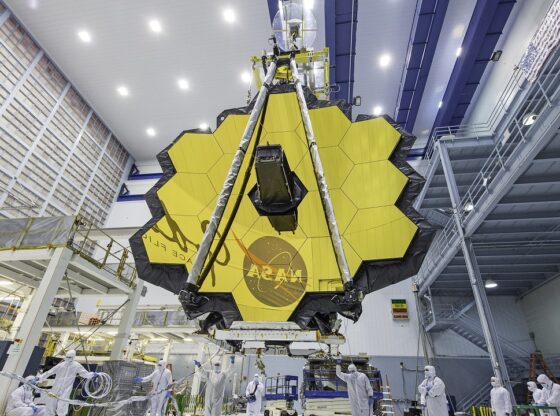
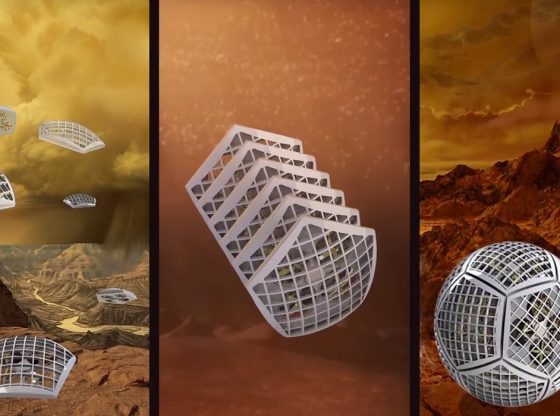
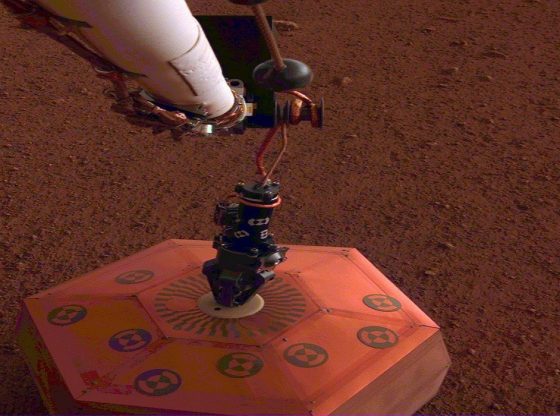
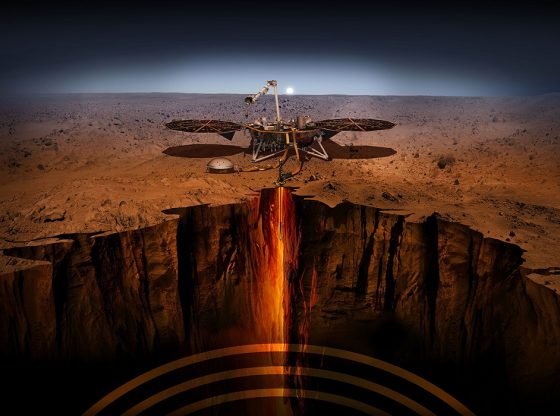
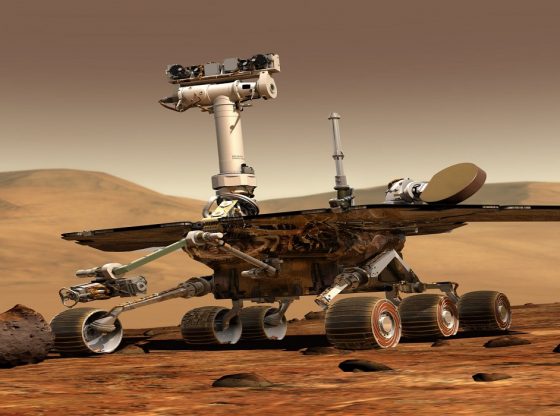
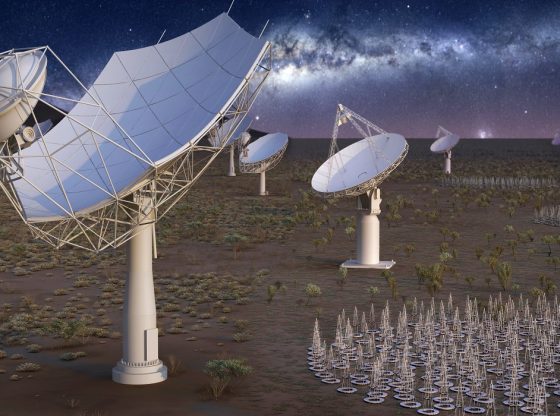
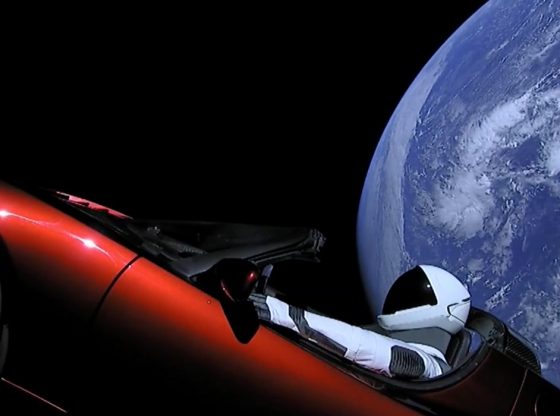
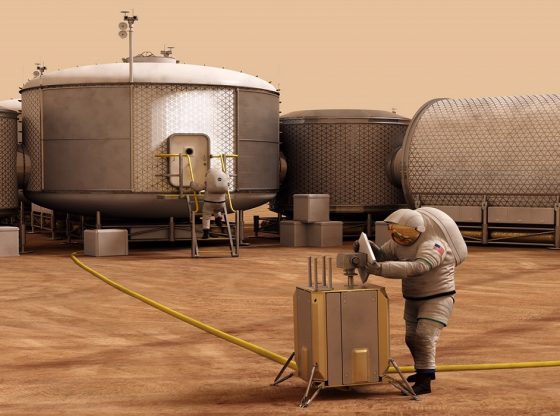
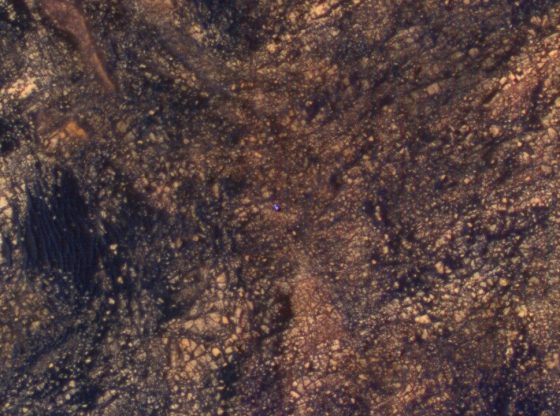
![OpenAI. (2025). ChatGPT [Large language model]. https://chatgpt.com](https://www.illustratedcuriosity.com/files/media/55136/b1b0b614-5b72-486c-901d-ff244549d67a-350x260.webp)
![OpenAI. (2025). ChatGPT [Large language model]. https://chatgpt.com](https://www.illustratedcuriosity.com/files/media/55124/79bc18fa-f616-4951-856f-cc724ad5d497-350x260.webp)
![OpenAI. (2025). ChatGPT [Large language model]. https://chatgpt.com](https://www.illustratedcuriosity.com/files/media/55099/2638a982-b4de-4913-8a1c-1479df352bf3-350x260.webp)








